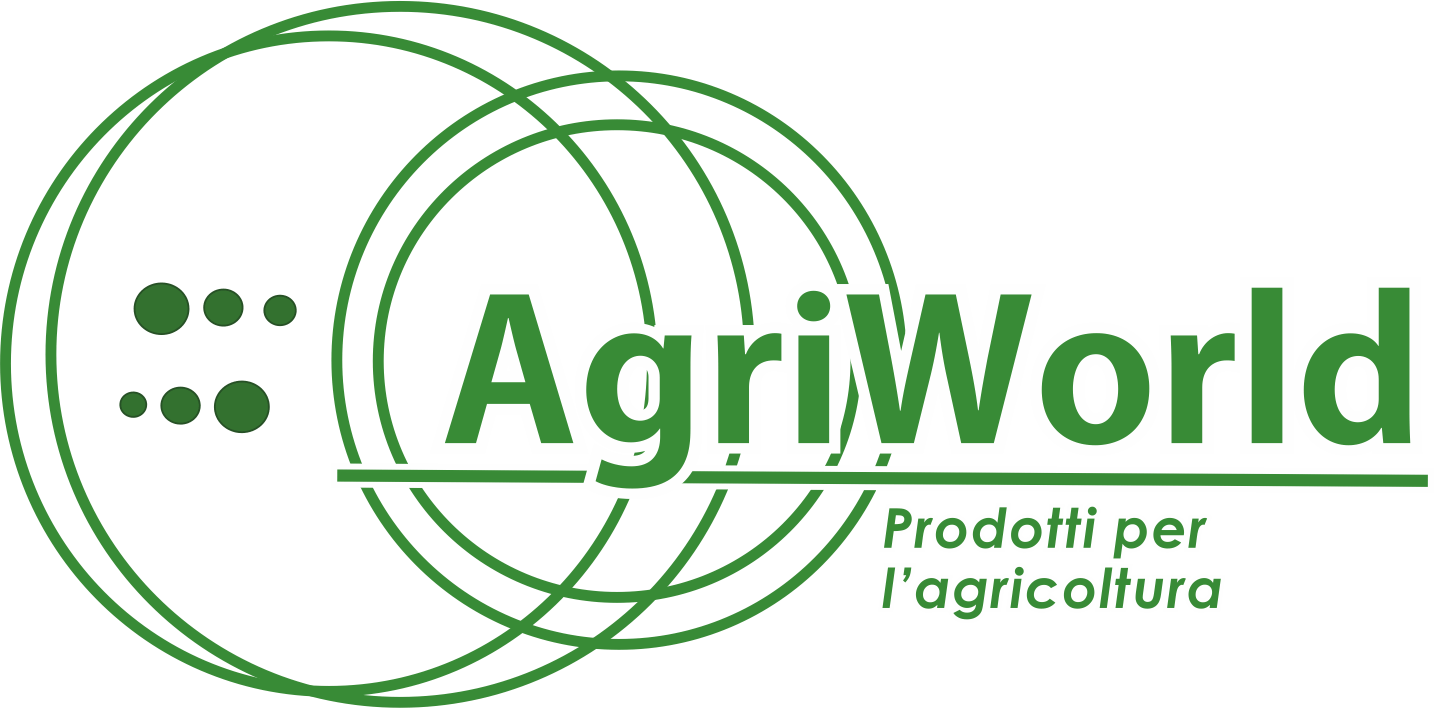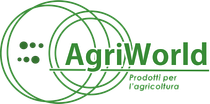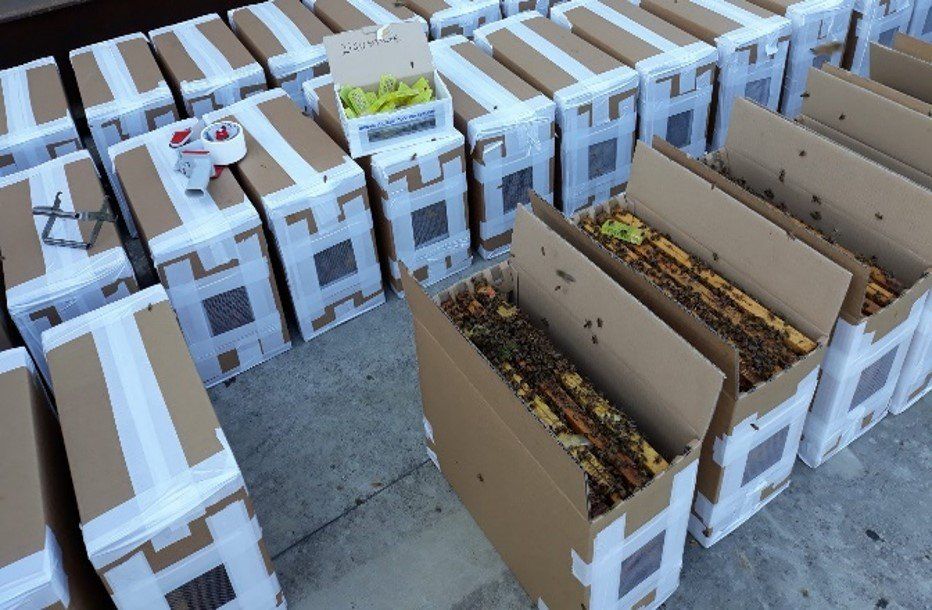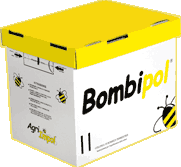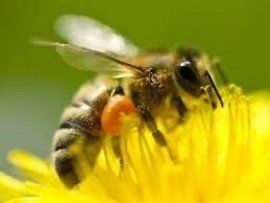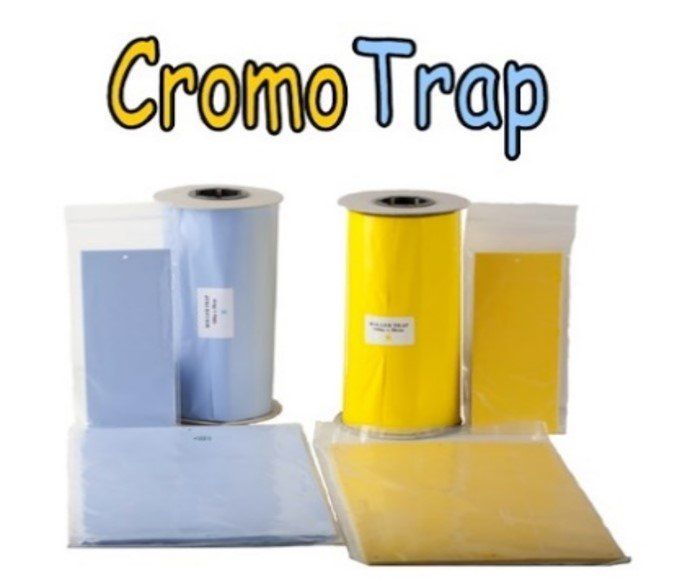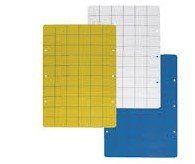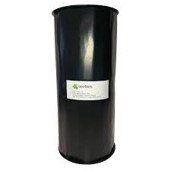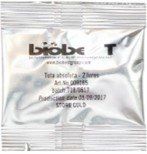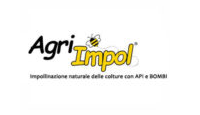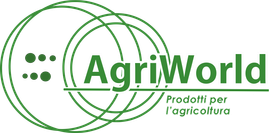BEES FOR NATURAL IMPOLLINATION
Bees are social insects that live in colonies made up of a queen, nurses for offspring and workers which collect nectar and pollen.
Thanks to their specific physical characteristics, they are excellent pollinators.
The use of bees in greenhouses has been well established for many years and has now completely replaced the practice of hormonal control.
HELPFUL INSECTS IN BIOLOGICAL CONTROL
Some insects can be great allies in organic farming.
These animals already exist in the ecosystem and have the ability to naturally contain and control the action of crop-damaging pests.
This lets you give the end consumer excellent produce while safeguarding the environment.
Let's find out which
insects are useful in organic farming.
HELPFUL INSECTS AND MITES
01
Adalia bipunctata Predator of aphids
02
Amblyseius cucumeris Predator of thrips
03
Amblyseius swirskii Predator of whitefly and thrips
04
Amblyseius andersoni Predator of mites
05
Anagyrus pseudococci Parasitoid of mealybugs
06
Aphidius colemani Parasitoid of aphids and whitefly
07
Macrolophus pygmaeus Predator of whitefly and Tuta absoluta
08
Nephus conjuntus Predator of mealybugs
09
Nesidiocoris tenuis Predator of whitefly
10
Orius majusculus Predator of thrips
11
Orius laevigatus Predator of thrips
12
Orius laevigatus Predator of thrips
13
Phytoseiulus persimilis Predator of red spider mite
CROMOTRAP: 100% biological method
The CROMOTRAP is a chromotropic trap for mass monitoring and capture. The traps are made using 100% biological techniques and methods relying on pheromones.
Totally effective and crop- and soil-friendly, the trap allows, with the addition of an attractant (the pheromone), the selective destruction of large numbers of male and harmful insects, to prevent reproduction.


